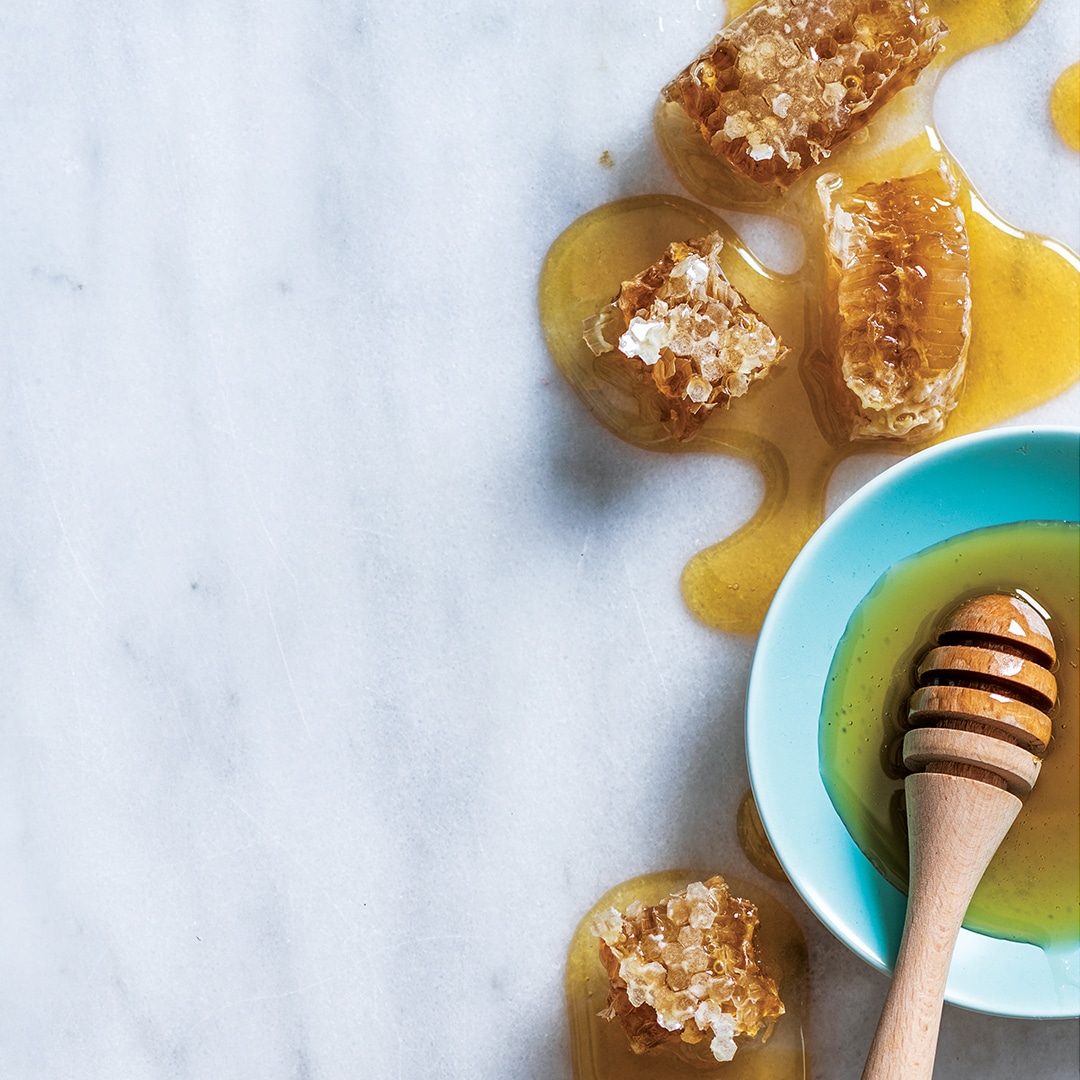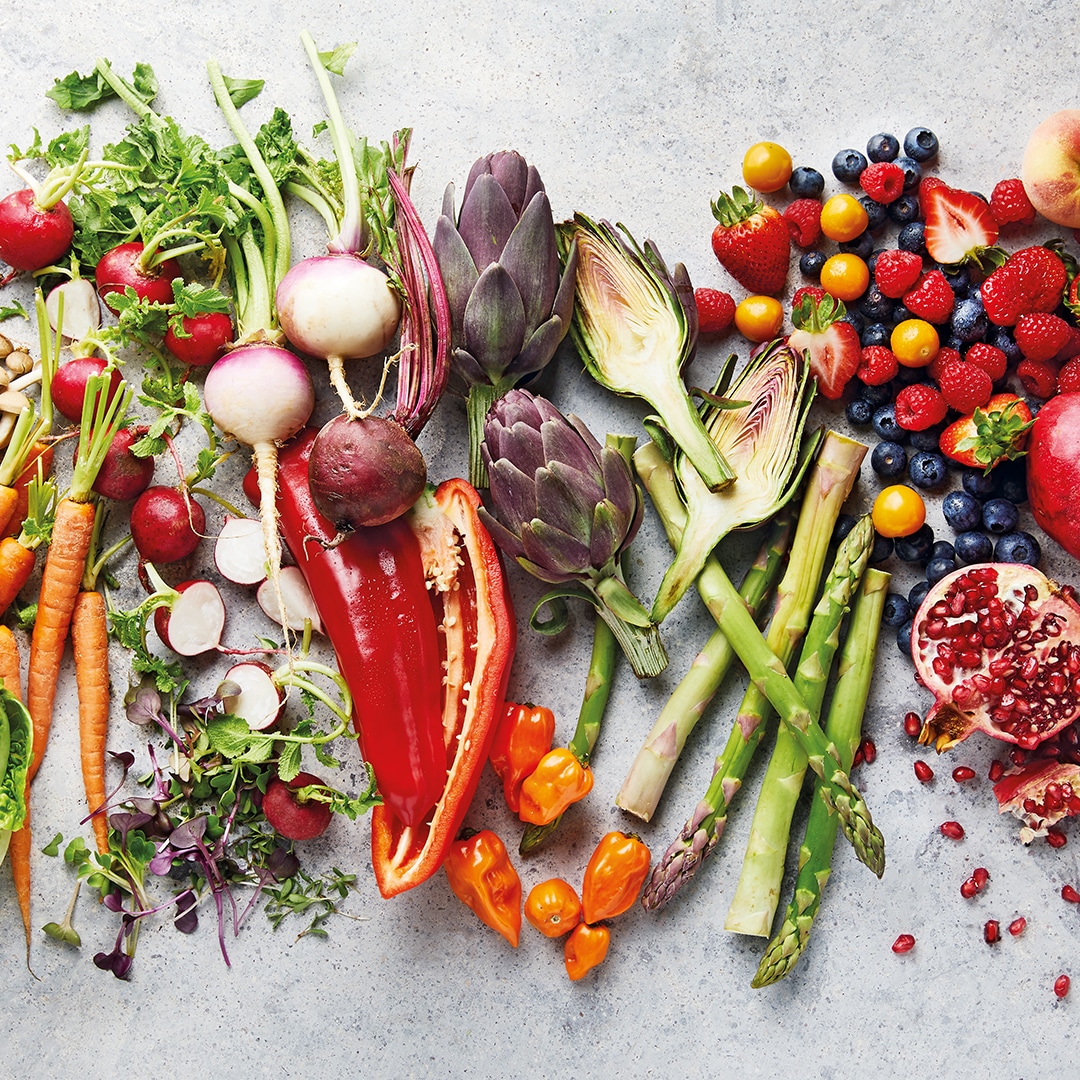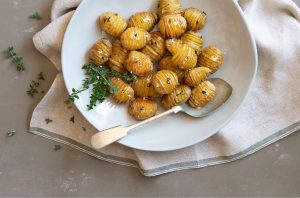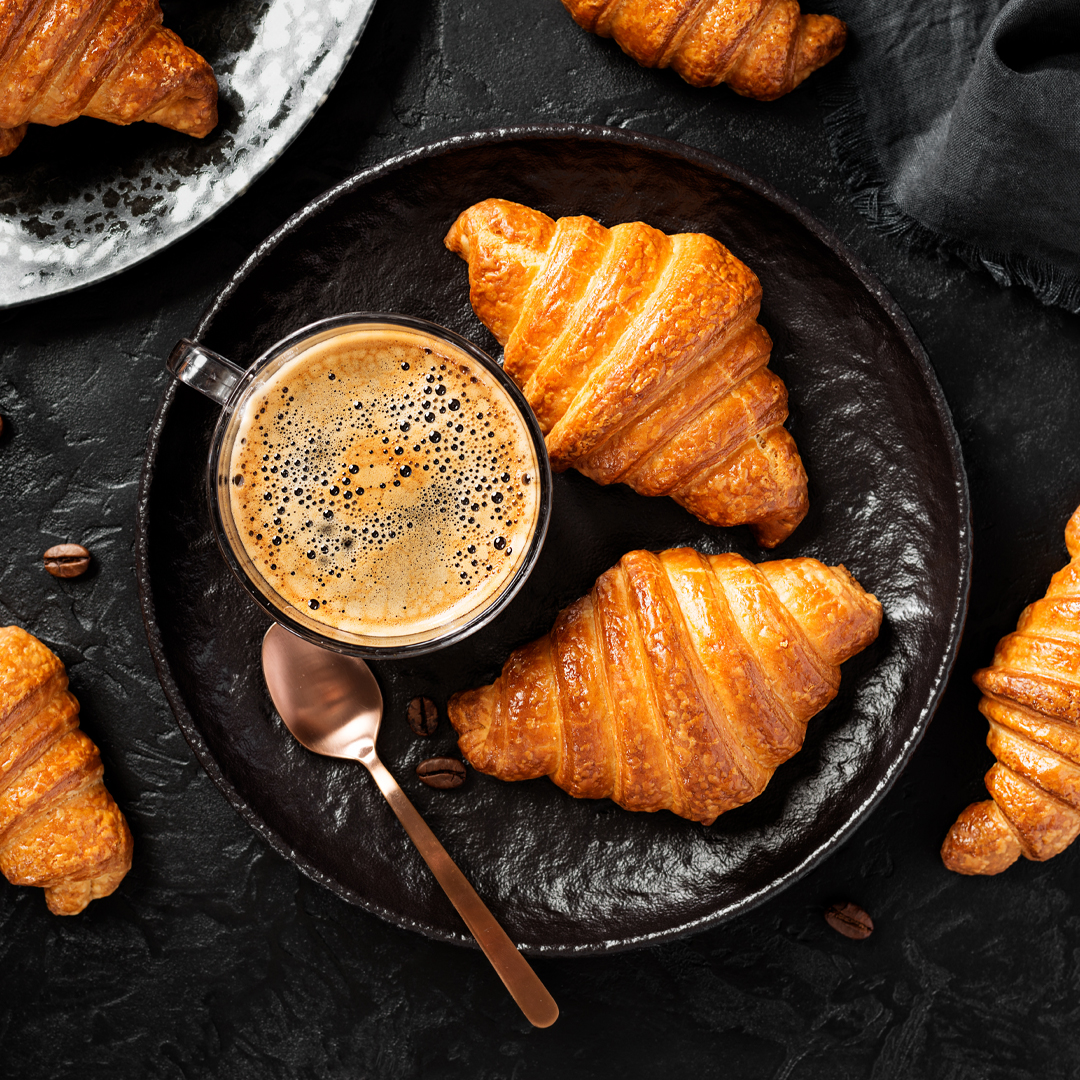Registered dietitian Aziwe Booi gives us the lowdown on how to live a full life with diabetes.
Diabetes is a chronic disease that affects the lives of many South Africans. With over 4.58 million South Africans living with diabetes and over 50% of individuals undiagnosed, it’s no wonder a term has been coined where diabetes has been described as a ticking time bomb!
We’ve all heard that there are two types of diabetes, but what really sets them apart? For those who have Type 1 diabetes, their pancreas doesn’t have any of the cells that make insulin, which is the hormone that converts the sugars and starches in our food into energy. The cause of this can be genetic or linked to an auto-immune disease. Type 2, on the other hand, is more closely related to a person’s lifestyle. The pancreas has some function, but not enough to create all the insulin the body requires.
These two types are managed differently and is often based on diet. “With the help of practical rules, your diet can be a powerful tool to manage this disease,” says Aziwe.
Tips for Diabetes Type 1
Be mindful of your food labels! Whenever comparing them, it’s best to equate apples with apples. Always use the ‘per 100g’ column of the food item as your baseline.
- Any products with more than 15g of sugar per 100g are considered quite high in sugar, so enjoy them minimally and mindfully.
- Products are considered low in sugar when they are less than 2.5g to 5g per 100g.
- Products can be claimed as ‘sugar-free’ when they have less than 0.5g per 100g.
Here are some additional tips to look out for:
- Aim for products containing no added sugar – this would be a first-prize choice.
- Be mindful of products that have any claims of reduced sugar, as they sometimes compensate for this by having additional fats.
- Aim for products that are high in dietary fibre with more than 6g per 100g.
The good, the bad and the RDA
The World Health Organization (WHO) recommends no more than six teaspoons of sugar per day. And yes – this includes the sugar that you add into tea and coffee, as well as what’s already been incorporated into your food.
When it comes to practical use in your diet, sugar should always be consumed in moderation as a rule of thumb. Using fruit in your dishes is a great strategy to add flavour and sweetness, while also gaining fibre, vitamins and minerals. Make sure that you regulate your sugar intake though, regardless of its source, because at the end of the day – sugar is sugar! The glycaemic index of brown sugar, white sugar or honey (despite its health benefits) is similar. This means your body will recognise them all as sugar and treat them as such.
Tips for Diabetes Type 2
To improve overall health and (more specifically) prevent diabetes, you need to follow healthy eating patterns that focus on a variety of nutrient-dense foods in appropriate portion sizes. The following provides you with which foods to focus on and which to avoid:
Foods to focus on
- Low GI starches
- Fruit high in fibre
- Fresh vegetables
- Lean protein
- Healthy high-carb foods
- Healthy fats in moderation
- Sugar-free items in moderation
Foods to moderate
- Refined carbohydrates such as sugar in cookies, white bread and cakes.
- Saturated fats: these fats are usually from coconut oil, palm oil and meat products in the form of skin or visible fats on the meat.
- Trans fats: these types of fats are found in takeaways and highly processed foods.
- Sugar and sugary beverages: high intake of sugar and sugary beverages has been seen to increase the incidence of diabetes.
- Mindful consumption of sweeteners: although this alternative allows for people living with diabetes or those looking to minimise their calorie deficit with an alternative, research suggests that high sweetener intake can lead to negative impacts on our gut health.
By implementing the above health strategies, you’re better able to:
- Reduce the risk of developing Type 2 diabetes
- Delay or even prevent complications resulting from diabetes
- Maintain enjoyment of food while sustaining healthy habits

What should we be watching out for once diagnosed?
Prioritise low GI foods
These foods slow the release of energy, leading to be er controlled blood sugar levels, while also keeping us fuller for longer periods of time. Low GI foods include non-starchy vegetables, lean protein, healthy unsaturated fats and certain starches such as wholewheat or durum wheat pasta, multi-seeded and wholegrain breads, bran flakes and oats.
Focus on healthy fats and lean protein
Adding healthy fats and lean protein to your meals helps to balance your blood sugar levels. Instead of snacking on an apple alone, add in some plain yoghurt and crushed nuts to make it more balanced for your blood sugar levels.
Avoid refined carbohydrates
Carbs place high on the glycaemic index, causing blood sugar levels to spike. These foods should be consumed with the guidance of a dietitian, who can provide strategies for how they can be mindfully added to your daily diet.
Swap to sugar alternative beverages
These drinks tend to have sweeteners without the added sugar responsible for increasing blood sugar levels. But even so, it’s best to consume them in moderation as we should be aiming for fresh water over sweetened beverages.
Final thoughts
When it comes to managing a chronic disease such as diabetes Type 1 or Type 2, there’s no such thing as a “one-size-fits-all” approach. Each person has their own medical needs, tastes and preferences. Find a dietitian who can cater to your specific needs. They’ll be better able to provide you with practical tools for day-to-day management and can commit to making the necessary adjustments as needed. If you are yearning for community, visit www.diabetessa.org.za for a list of support groups.
Words by: Aziwe Booi
Photographs: Fresh Living Magazine
Also read: What you need to know about diabetes




